A San Mateo County Civil Grand Jury has put out a report on Monday, June 12, saying that affluent towns like Woodside, Atherton, Portola Valley and Hillsborough are using backyard accessory dwelling units (ADUs) in their state housing plans to avoid building multifamily low-income housing.
Among the report's recommendations is that the county and each city (21 in total) should immediately stop using ADUs to meet their state-mandated very low-, low-, and moderate-income housing targets until they have also proposed an effective monitoring system that verifies how newly developed ADUs will be used.
This problem is most acute in Atherton, Hillsborough, Portola Valley and Woodside, where some residents are "up in arms" over the state-mandated housing requirements, and the city governments, trying to appease them, are proposing counting on ADUs to meet as much as 80% of their affordable housing targets, according to the report. ADUs are small homes or apartments that share the single-family lot of a larger primary residence.
Every eight years, every state municipality is assigned its Regional Housing Needs Allocation (RHNA) goals. Local towns' housing goals over the next eight years have increased substantially since the last cycle, and there are penalties for failing to craft a plan called a housing element that demonstrates to state officials how those units can be developed.
"The city governments, trying to appease their angry citizens, are leveraging changes over the years to California's 1969 housing element law that most recently allow communities to count ADUs as affordable housing in their Regional Housing Needs Allocation (RHNA) plans," according to a county press release. "However, the state has neglected to propose any form of regulation to ensure low-income tenants ultimately use the ADUs as planned by these cities. And because owners often rent their ADUs to family and friends, they can exacerbate patterns of segregation and exclusion, according to the Association of Bay Area Governments (ABAG). Also, ADUs don't generally serve large families."
California needs to build 2.5 million homes by 2030 to meet current housing demands, according to the California Department of Housing and Community Development (HCD). But the state averages only about 125,000 new homes annually — a shortfall of nearly two-thirds, according to the 19-member Grand Jury, which convened on July 1, 2022.
To date, just two San Mateo County cities' housing elements have been approved by the state. Plans were due on Jan. 31.
"ADUs are not a panacea, but they're a good tool in the toolbox," said a planning consultant working for a city in San Mateo County. "Most land on the Peninsula is single-family homes. ADUs are opening land that was not open before. But higher density housing near transit is better."
In the report, a city manager added: "I think they (ADUs) are a piece of the solution, but not all of it. I think ADUs are an important way to provide opportunities for other things -- where people want multigenerational living onsite, for caretakers, or other folks -- they can reside in an ADU even if they're not paying rent."
Assembly Bill 72 gives HCD the ability to enforce local government's land use, planning, and zoning requirements. In the current RHNA cycle, HCD asks that San Mateo County jurisdictions monitor and verify ADU affordability every two years. However, HCD has not specified how to prove the ADUs are rented to very low-, low- or moderate-income households.
The most surprising finding to Grand Jury Foreman Steve Drace is that HCD is allowing cities to use ADUs to satisfy low-income housing, yet there is no system in place to monitor if low-income residents are inhabiting those units.
"We think that's a little sketchy," Drace said. "It's within the letter of the law, but it's violating the spirit (of the law)."
The low-income ADU "only exists on paper, that's the issue," said civil grand juror Greg Spector.
The Grand Jury conducted a digital survey of representatives from all 21 municipalities, according to Spector. It also interviewed 20 city officials and consultants over Zoom, he said.
How cities are supposed to determine their ADU estimates
In its technical memo "Using ADUs to Satisfy RHNA," ABAG advises members that the estimate should be based on the average number of ADU building permits issued each year, multiplied by eight, because there are eight years in a housing element cycle.
Using data from a 2020 statewide survey of homeowners who had constructed ADUs in 2018 or 2019, ABAG concluded that the assumption that the ADU breakdown in a city is 30% very low-income, 30% low-income, 30% moderate-income and 10% above-moderate income. Most county cities and towns adopted this formula instead of conducting their own affordability analysis, according to the Grand Jury.
However, a 2021 report prepared by ABAG's Housing Technical Assistance Team said that although ADUs are often affordable, jurisdictions should be cautious about relying on them too heavily because of fair housing concerns:
"Many ADUs are affordable to lower and moderate-income households because they are rented to family and friends of the homeowners," the report states. "If minorities are underrepresented among homeowners, the families and potentially friends of the homeowners will be primarily white. Therefore, relying too heavily on ADUs could inadvertently exacerbate patterns of segregation and exclusion." The report also acknowledges that ADUs often do not serve large families, another critical fair housing concern.
And while ADUs accomplish an essential fair housing goal by adding new homes in parts of the municipality that are more likely to be areas of opportunity, the report recommends that jurisdictions with fair housing concerns "may want to use more conservative assumptions based on open market rentals, excluding units made available to family and friends," which it summarizes as: 5% very low-income, 30% low-income, 50% moderate-income and 15% above moderate-income.
Only two cities — San Carlos and San Mateo — use ABAG's more conservative formula of 5-30-50-15 in their plans. One city — Belmont, used its own judgment. Colma does not use ADUs in its housing element.
Why it matters
The Grand Jury notes that the cities and towns relying primarily on ADUs to meet their RHNA housing targets do not meet the overall objectives required by RHNA of:
● Increasing the housing supply and mix of housing types, tenure, and affordability
● Promoting infill development and socioeconomic equity, protecting environmental and agricultural resources, and encouraging efficient development patterns
● Promoting an improved intraregional relationship between jobs and housing
● Balancing disproportionate household income distributions
● Affirmatively furthering fair housing.
While HCD does not single out those four towns for their heavy reliance on ADUs to meet their affordable housing needs, HCD has consistently instructed San Mateo County cities and towns that they must monitor and verify ADU production and affordability at least every two years, according to the Grand Jury. It has not specified an acceptable process for verifying the affordability level of ADUs as planned, the report states
There are a handful of independent nonprofit agencies and for-profit real estate management companies in the Bay Area that have established systems for monitoring and verifying rented housing for continued affordability, while maintaining tenant and owner privacy, according to the Grand Jury. City managers and other officials continuously raised this issue during Grand Jury interviews.
There have been a slew of laws in recent years that aim to bolster the construction of ADUs in the state.
Recommendations
The Grand Jury recommends that by Feb. 1, 2024, the 21 municipalities, adopt and implement a verification system capable of monitoring and verifying how newly developed ADUs are being used.
It also recommends, that by the same date, the jurisdictions should develop and adopt incentives for ADU owners which could be offered in exchange for deed restrictions that would include requirements for ADU tenants to participate in independent monitoring. It should also track the intended use of ADUs — rented or non-rented — during the permitting process and offer incentives in exchange for deed restrictions that require ADUs to be used as rentals.
By April 1, 2024, the Grand Jury would like the municipalities develop and adopt a new ADU affordability distribution formula specific to each jurisdiction to the extent they are used to meet very low-, low-, and moderate-income housing requirements in their RHNA housing elements.
Town responses to report
Atherton Mayor Bill Widmer said the Grand Jury made some good points, but pointed out that it is incumbent upon jurisdictions like Atherton to ensure that its ADU program meets the expectations of the state's RHNA mandate for the town through effective monitoring. Widmer disagrees with the Grand Jury's assessment that use of an ADU by a family-member or caretaker is a "paper only" use.
"To ensure we do our part, the town is conducting extensive outreach in the community to identify current ADUs being rented or used by family-members or caretakers," he said in an email. "This is just the beginning of a fully expanded monitoring and development program. Also the town is partnering with HIP Housing as well as Stanford (University) and Menlo College to help find housing for those in need."
"Without having these ADUs, family members, students or caretakers would need to find housing elsewhere, thereby taking away another housing location that others may need from others the already beleaguered commute and affordability issues," he said. "ADUs allow for step-down housing for seniors in Atherton and allow them to either stay in their home or at the very least, in their community. That's important and something I believe the state supports as well."
The Woodside Town Council will hear and approve the response to the Grand Jury at the Town Council meeting July 25, said Mayor Chris Shaw in an email.
Portola Valley Mayor Jeff Aalfs said that the report is disappointing in its dismissal of the town's thoughtful process and has a poor presentation of the actual data.
"We incorporated ADUs into our new draft housing element judiciously, building on our past history of ADU construction, and with guidance from the California Department of Housing and Community Development," he said in a statement. "In addition to planning for ADUs, we also did the hard work of planning for multifamily housing to meet our state-imposed housing requirements while preserving local decision-making, optimizing safety, and honoring our historic commitment to the town's rural character and sensible development."
Elected officials are required to respond to a report's findings and recommendations within 60 days, and governing bodies must respond within 90 days.
Read the full report at sanmateocourt.org/documents/grand_jury/2022/2022adu.pdf.
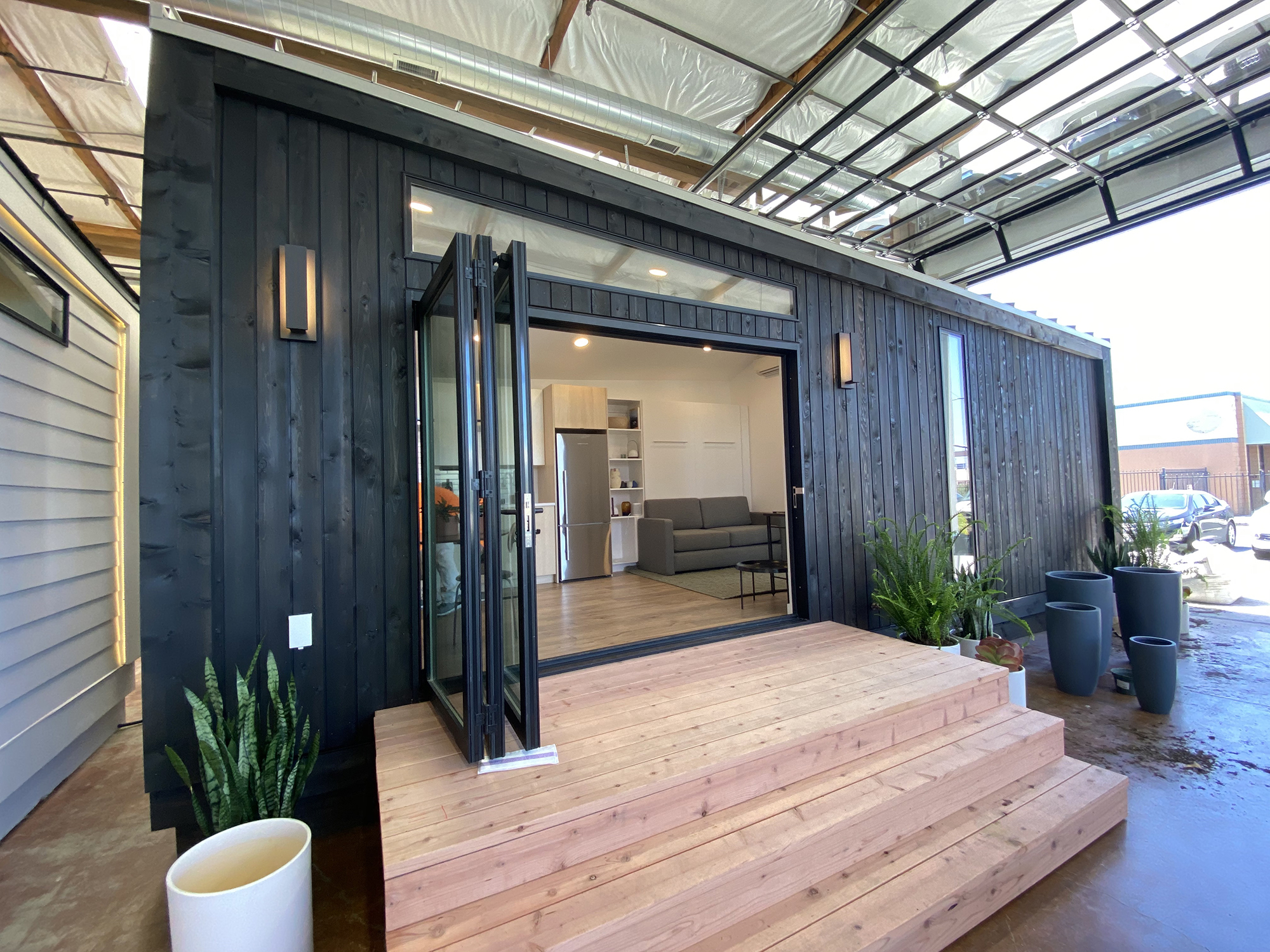

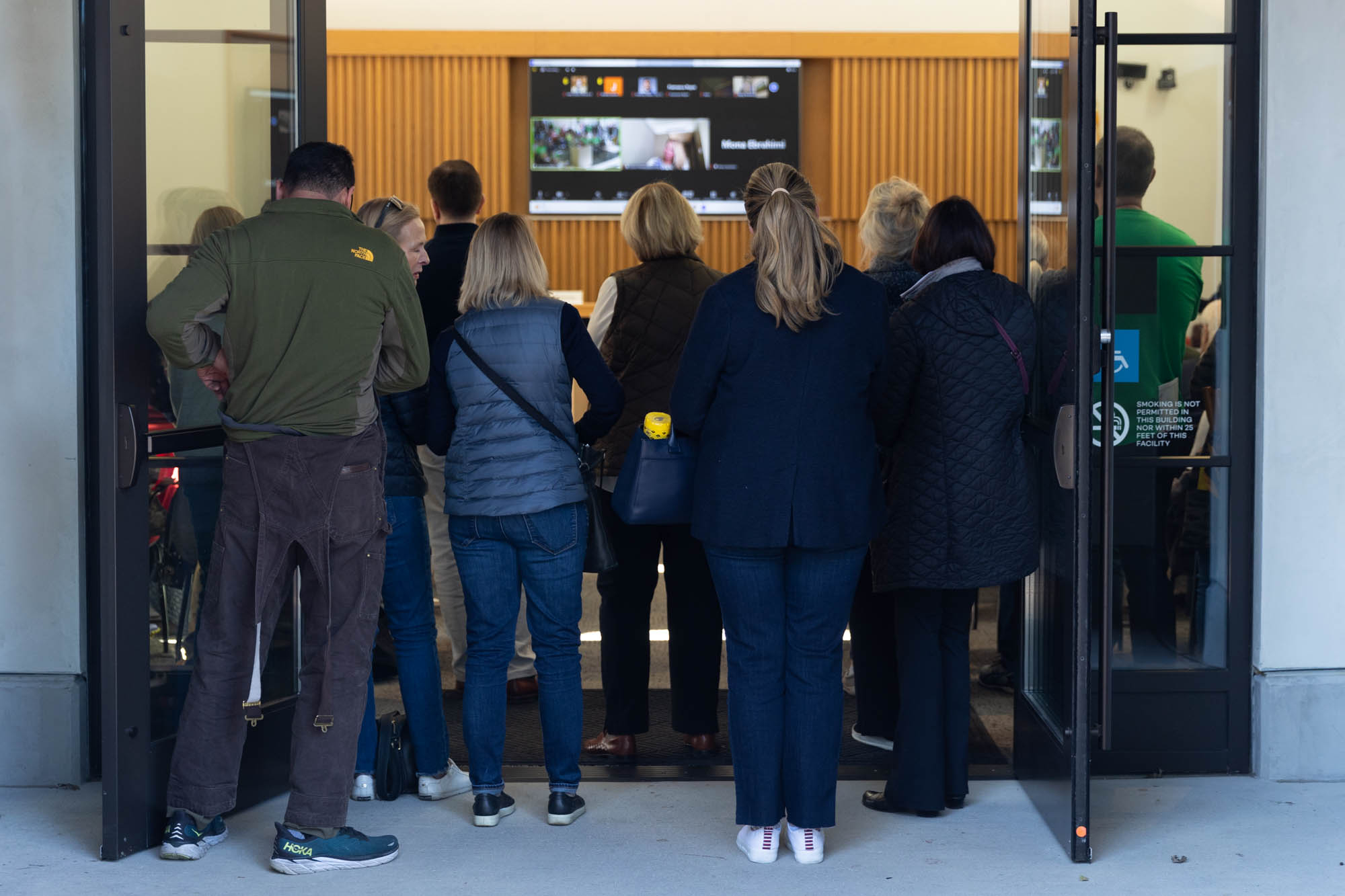

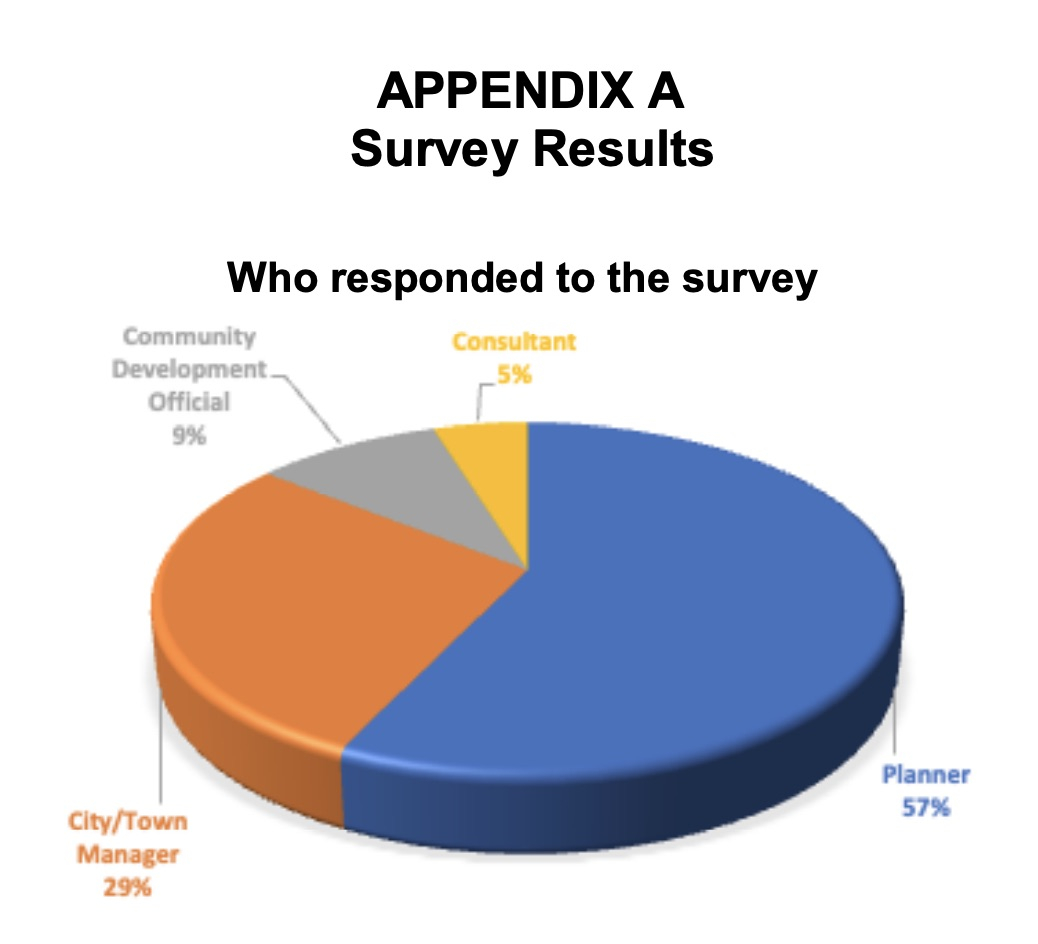
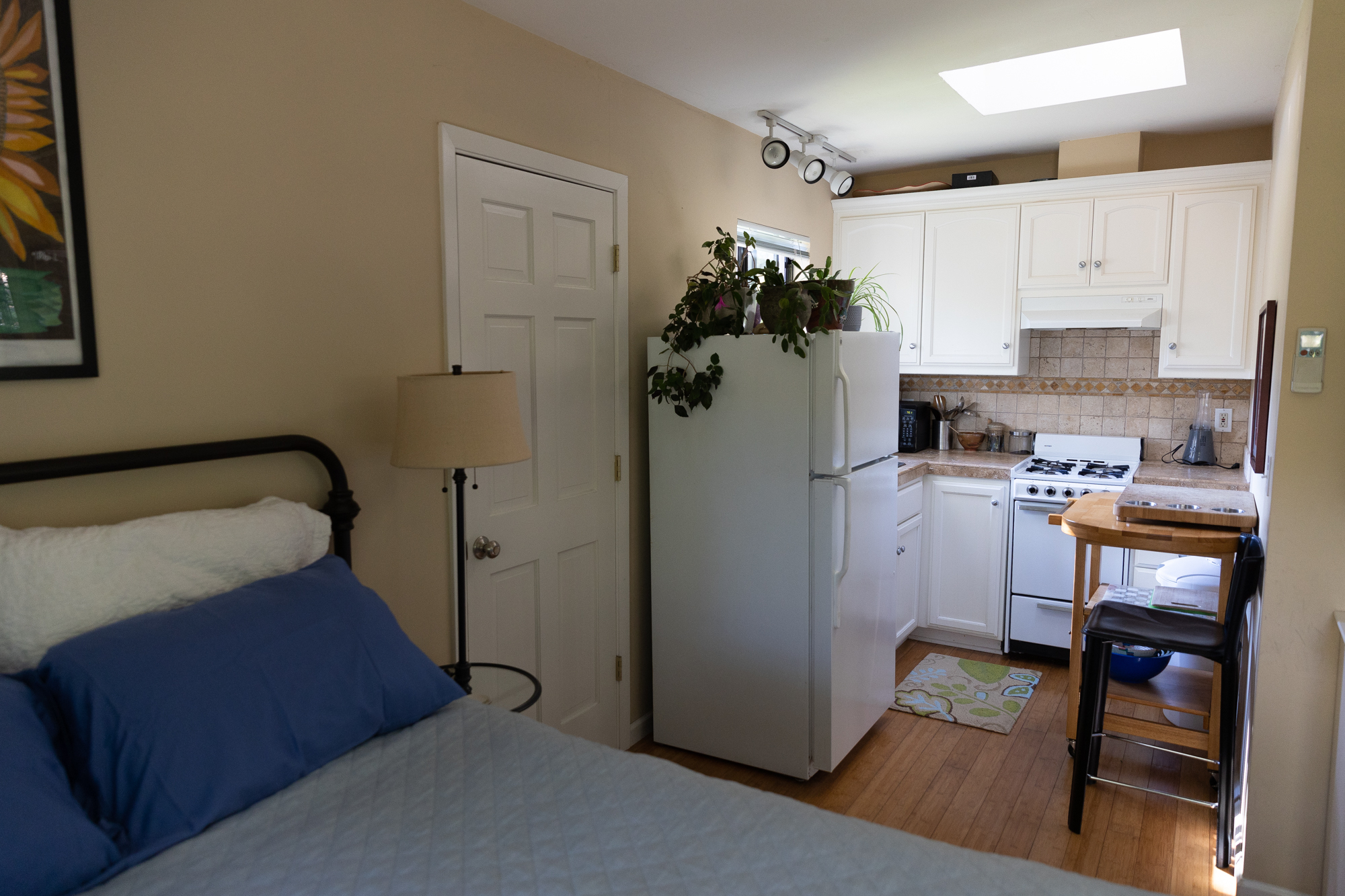
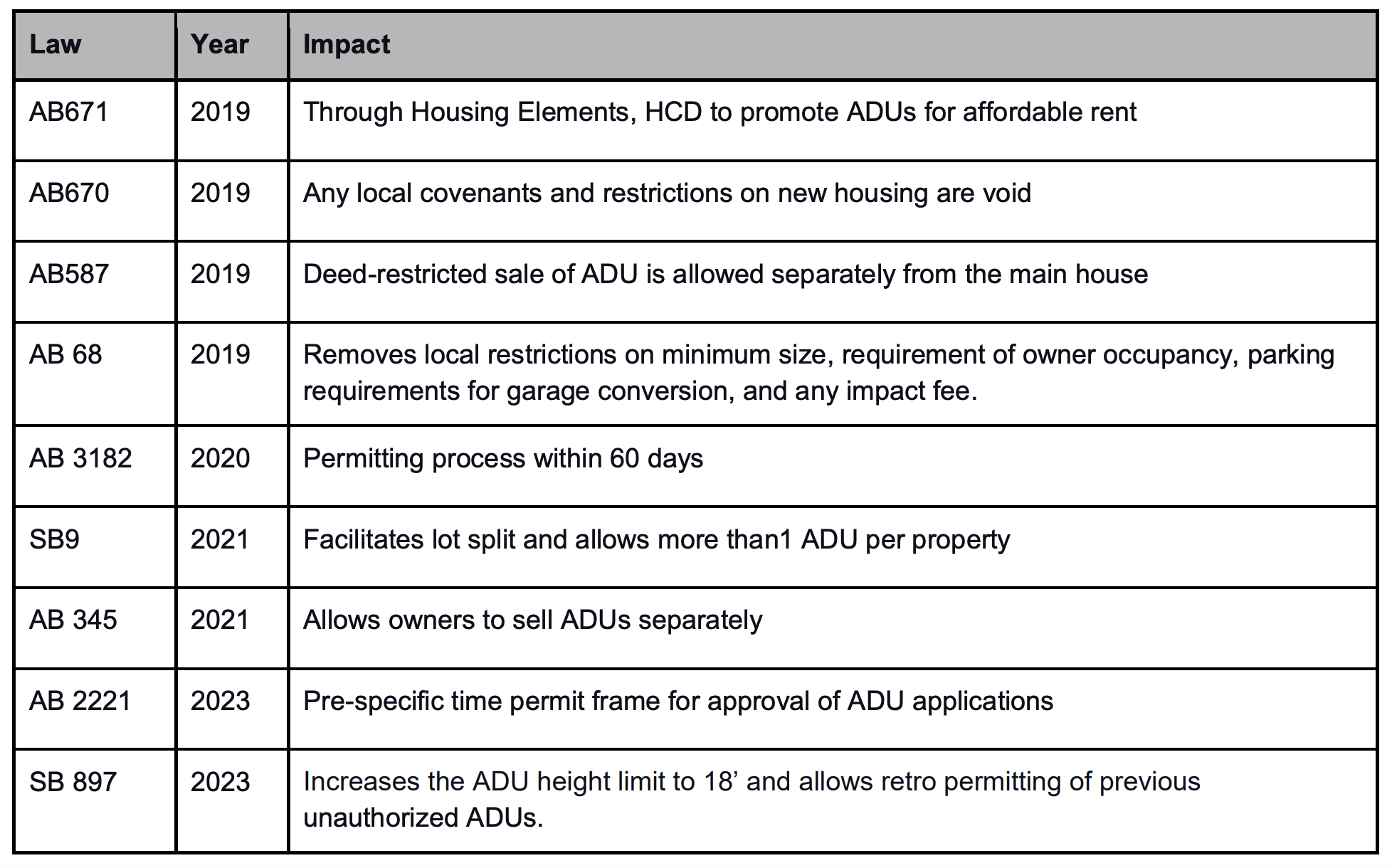


Comments
Registered user
Menlo Park
on Jun 14, 2023 at 8:04 pm
Registered user
on Jun 14, 2023 at 8:04 pm
Atherton, Woodside and PV trying to keep the riff raff out.
Quelle suprise.
Registered user
Downtown North
on Jun 14, 2023 at 8:23 pm
Registered user
on Jun 14, 2023 at 8:23 pm
LOL why would you want more housing in places like Woodside. Woodside is beautiful *because* it's a nice place, not because it's full of junky housing
Registered user
Embarcadero Oaks/Leland
on Jun 14, 2023 at 8:28 pm
Registered user
on Jun 14, 2023 at 8:28 pm
"However, the state has neglected to propose any form of regulation to ensure low-income tenants ultimately use the ADUs as planned by these cities. And because owners often rent their ADUs to family and friends, they can exacerbate patterns of segregation and exclusion, according to the Association of Bay Area Governments (ABAG). "
Funny, back when ADUs were first being promoted, they were to keep families together -- Granny and the disabled son. And maybe a friend/relative having a temporary set back like unemployment or needing to be near health care for long-term treatment.
Then you couldn't be charitable with your ADU, helping out friends and family because then you'd have price discrimination. No breaks for Granny.
Glad the Civil Grand Jury ruled as they did.
Shame on ABAG et al from lobbying to keep Granny out of Her Own Back Yard.
Shame on the state for refusing to reconsider the housing numbers for 8 LONG years and massive changes --budget deficits, population outflows, unemployment, climate risk etc etc.
Registered user
another community
on Jun 15, 2023 at 10:54 am
Registered user
on Jun 15, 2023 at 10:54 am
The state-mandated housing requirements are asinine. People live where they want to live and can afford to live. There shouldn't be any force. To force this utopia view of the world, illogical mindset on society is one of many reasons a certain political leaning is highly mocked, including mocking coming from those who share the same political views. Bill Maher comes to mind.
Registered user
Menlo Park
on Jun 19, 2023 at 8:36 am
Registered user
on Jun 19, 2023 at 8:36 am
Shouldn't wealth and prestige be rewarded by residential exclusivity?
If one cannot afford to own a Mercedes, a Toyota will still get you from Point A to Point B and the same applies to housing.
Rich people pay more for their privacy and remoteness from the mainstream.
Why should they be forced to reside alongside those who cannot afford to live in their pristine neighborhoods?
Registered user
College Terrace
on Jun 19, 2023 at 10:55 am
Registered user
on Jun 19, 2023 at 10:55 am
"California needs to build 2.5 million homes by 2030 to meet current housing demands, according to the California Department of Housing and Community Development (HCD). "
Please, let's break that need into price tiers and then assess demand. If that's too much to ask, look around and see the obvious: we do not have an acute need for more multi-million $ homes or high-end apartments or condos. What we need is affordable housing for those with limited income. And the ugly truth is that some communities simply are not affordable. Housing may be the first and highest expense for everyone, but all the other costs of living need to be acknowledged. Maybe an "in=lieu" approach makes more sense, with cities defined by a high cost of living and limited public transportation contributing to a housing fund dedicated to building affordable housing in affordable communities.
And SO WHAT if an ADU is used for a family member or friend? That's still at least one less person seeking housing.
Also, keep in mind, that all the housing laws and administrative rules from agencies such as HCD are our GOVERNMENT at work. And in this state the same people have been fully in charge for a long time now, which, if you peel back the layers of the housing problem, means the same bureaucrats who created the problems also created past solutions to the problems, and are now creating new solutions to both the initial problem(s) and the solutions that clearly have not worked. This is a nonsensical vicious circle that proves only that no one in charge has a clue.
We need to vote much differently. For some of us that might mean voting red or purple b/c blue isn't getting the job done. In fact, housing-related problems are getting worse.
Registered user
Midtown
on Jun 19, 2023 at 2:58 pm
Registered user
on Jun 19, 2023 at 2:58 pm
Is there any remaining acreage in Palo Alto that could be utilized for a mobile home community? Mountain View and Sunnyvale have trailer parks as does Redwood City.
Accommodating the homeless population with adequate housing is another priority that needs to be addressed.
The more exclusive cities and townships like Atherton, Woodside, Portola Valley, Saratoga, and Monte Sereno should be exempt from having to provide additional bay area housing because only the wealthy can afford to live there and they should not be forced to accommodate aspiring home buyers who cannot afford to live there in the first place.
Registered user
Another Palo Alto neighborhood
on Jun 19, 2023 at 5:08 pm
Registered user
on Jun 19, 2023 at 5:08 pm
I'm not sure if this is relevant or worth mentioning, but both Biden and De Santis both came to look for $$$ today from Atherton and Woodside.
Does this say something?
Registered user
another community
on Jun 20, 2023 at 8:28 am
Registered user
on Jun 20, 2023 at 8:28 am
We are new to the SF Bay Area and housing prices are astronomical regardless of the city and preferred location.
Has anyone ever resided in Colma? We found a recently-built condominium on El Camino Real that is currently listing for well over $1M but have some reservations.
Though the city's population is around 1,500 residents, I happened to notice a large number of cemeteries. A local resident told me that there are over 1.5M interred in Colma bringing the ratio of living to dead at 1:1000. One cannot travel anywhere within this small city without seeing cemeteries and the visual is extremely disturbing to our eight year old daughter.
Compared to more expensive cities like Palo Alto and Menlo Park, is Colma a desirable city to reside in and raise a family?
The other option would be to resituate to Palo Alto and pay well over $5000.00 in monthly rent.
While we would like to reside in a small community, our RE agent has assured us that Colma is a quiet town with a low crime rate and ease of access to the entire midpeninsula.
The question remains whether to buy in Colma or rent in Palo Alto.
Registered user
Menlo Park
on Jun 20, 2023 at 11:04 am
Registered user
on Jun 20, 2023 at 11:04 am
• "our RE agent has assured us that Colma is a quiet town with a low crime rate and ease of access to the entire midpeninsula."
Colma is a very quiet town of 2.2 square miles, mostly cemeteries. They have a Nordstrom's Rack, K-Mart, and a Toyz R Us reputed to be #1 among sales in California.
Crime is minimal with most of the police activity involving investigations into juvenile vandalism at the cemeteries.
At night, many of the cemeteries along El Camino Real are illuminated and there are separate ethnically-based burial grounds including a pet cemetery.
The city was designed to be a necropolis for San Francisco in 1924 and many well-known Californians are buried there including Wyatt Earp, Charles Crocker, the Hearst family, Charles de Young, Joe DiMaggio, George Moscone, Levi Strauss along with countless other notables.
The city's motto is "It's great to be alive in Colma."
Personally I would not want to reside within easy view of 1.5 million deceased people but Colma could be one of the midpeinsula's best kept secrets.
It is a very quiet place to live and space is limited.
Registered user
East Palo Alto
on Jun 20, 2023 at 11:19 am
Registered user
on Jun 20, 2023 at 11:19 am
Bystander, presidential candidates also have visited other cities to fundraise, and those cities have affordable housing. So clearly both are possible.
Registered user
another community
on Jun 20, 2023 at 1:28 pm
Registered user
on Jun 20, 2023 at 1:28 pm
There are other more affordable places to live than Palo Alto. Why are prospective buyers so intent on Palo Alto?
In Alviso, the few available homes can be had for around $750K and a typical mobile home costs less than $300K.
The key is not to be overly picky and to live within one's means.
Registered user
another community
on Jun 20, 2023 at 2:27 pm
Registered user
on Jun 20, 2023 at 2:27 pm
There once was a multi-acre tract in Silicon Valley, which in the old days was mostly orchards. The owner carved out an acre for his family and sold the rest. Originally the house had two bedrooms, and as the family expanded so did the house. A bungalow with a basement became a split level 4 bedroom house. As time went on, the older generation died and left the house to the next generation. With loving care and with a green thumb, the property flourished and housed another family with children. But, as it often happens, in the 90's all of the children had flown to places far away. The old couple could no longer manage a sprawling house. They sold the house and the land it sat on for a vey pretty penny. The buyers, a young couple with young children, wanted to tear the house down to resolve a defect in the foundation that had been there since the 1920's. Apparently, when you do that in some cities nearby, you can't get a permit to start out from scratch on a parcel without involving the City. WHAT DA...? Who's house is this, anyway? When they applied for building permits, the City tried to "pursuade" them to build a tri-plex on the south side of the circular driveway. They pursuaded by delaying the process for permits for so long, the new owner considered selling it to someone else. Passing their problem onto an unsuspecting buyer. But they bought it because it was close to elementary, middle, and high schools, and a college not too far away. They wanted it to be their "forever home". They had NO DESIRE to become landlords and all of the headaches that go with it. As Meredith Vogelsang mentioned, "Rich people pay more for their privacy and remoteness from the mainstream." I can't believe I'm quoting this but riches come with luxuries and entitlements like privacy and no neighbors within earshot and for dog's sake, you should be able to buy a house without the government dictating that you have to build an ADU to accommodate anyone BUT your granny.
Registered user
Old Palo Alto
on Jun 21, 2023 at 8:57 am
Registered user
on Jun 21, 2023 at 8:57 am
Being a landlord is a thankless job and most rentals nowadays are handled by a property management company.
The old school landlords were from another generation and after they passed, their children sold the properties for a quick and lucrative payoff.
In other instances, earlier generations worked the land agriculturally and later down the road, ensuing generations sold the land for housing tracts.
Certain parts of the the SF Bay Area have become the land of quick cash opportunities.
Registered user
another community
on Jun 21, 2023 at 4:55 pm
Registered user
on Jun 21, 2023 at 4:55 pm
Bruce, so many of my relatives are buried in Colma, I think we have our own "wing". Each time we went there for commemorative occasions, my dad's favorite joke was repeated every time.
"Hey kids, do you know how many people here are dead?"
"Yes dad, you ask this every time."
"Say it anyway."
"ALL OF THEM!!!"
We always laughed. It's tragic he wasn't buried there. He would have loved being a part of that joke.
His other running gag was after reading the paper he would fold it and put it on the coffee table and sigh wistfully. "Everybody died in alphabetical order again. I'm never going to make it to the top of the list."